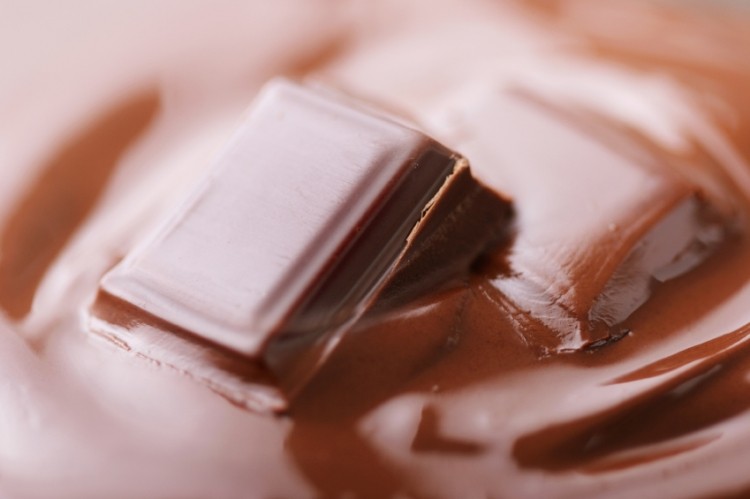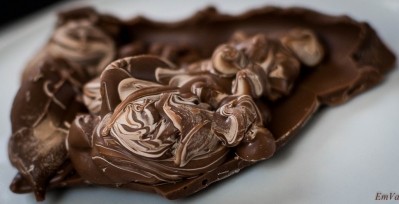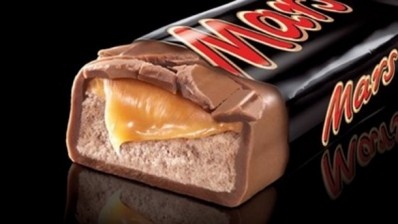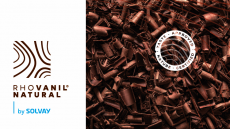Patent Watch
‘Little extra effort’ for latest heat resistant chocolate process, says Mondelēz

The company filed a patent for the technique, whereby a special chocolate mass is mixed in a temperature-managed conch, allowing finished chocolate to withstand 50°C heat.
Mondelēz previously developed a technique that re-refined chocolate after the conching step. However, it says its latest discovery requires even less effort.
Temperature spoilage remains a challenge
“The susceptibility of chocolate towards temperature-induced spoilage and deformation remains a significant problem to the confectionery industry,” said the company in its patent application.
Chocolate is liable to melt, particularity in hot countries, and can stick to packaging, diminishing consumer appeal, it said.
Almost all major confectioners have developed methods to increase chocolate’s temperature resistance, including Nestlé, Hershey, Mars and Barry Callebaut.
“Despite these developments, there remains a need for a method of producing a chocolate composition having excellent heat-resistance and good flavor and mouthfeel,” said Mondelēz, adding that there was still no means that required minimal effort.
Race for temperature-tolerant chocolate heats up
Nestlé’s R&D subsidiary Nestec developed its version of heat tolerant chocolate in 2013 by adding little or no sugar or polyols to the chocolate core and instead adding the humectant liquids to a “tropicalized shell” for the product.
In 2014, Mars filed a patent for a heat tolerant chocolate that involved adding a polyol - preferably glycerin - and a thermal structuring component such as a monosaccharide like dextrose to the formulation.
Hershey filed its own patent in October 2014 for a method that uses ‘chocolate dough’ to create a heat stable chocolate without additives or a waxy, dry texture.
In January, Barry Callebaut told ConfectioneryNews it had developed a thermo-tolerant chocolate that can withstand four degrees more heat than a standard chocolate recipe, but would not reveal its method.
The process in detail
Under Mondelēz’s latest invention, a chocolate base mass containing one or more surfactants is mixed in a conch for 10-120 minutes at 35-50°C, which allows the finished chocolate to maintain its shape at 50°C.
The surfactant could be lecithin or an emulsifier such as polyglycerol polyricinoleate (PGPR). Mondelēz said the chocolate mass should have a fat content of between 22-30% weight of the product (wt) and water content of at least 1.1% wt.
Example of the chocolate mass:
Cocoa liquor (10.2 wt%)
Sucrose (47 wt%)
Skimmed milk powder (12.5 wt%)
Anhydrous milk fat (4.8 wt%)
Sweet whey powder (8 wt%)
Lecithin
Cocoa butter substitute (CEBES MC 80)
What are the advantages?
“This method has the benefit of facilitating the production of chocolate with much improved heat-resistance whilst maintaining satisfactory flavor and mouthfeel,” wrote Mondelēz.
“Moreover, the method does not place any particular demands on subsequent processing steps meaning that it has wide applicability. The wide applicability and versatility of the method means that integration into a chocolate-making process requires little extra effort on the part of the manufacturer.”
Mondelēz added heat resistance could be boosted further by exposing the mixed composition to microwave radiation or thermal heat-treatment. It said the technique could be used for dark, milk and white chocolate.
Source:
Patent application number: 20150024110
Published: January 22 2015
'Method Of Producing Chocolate'
Inventors: Kraft Foods R&D - Konstantinos Paggios, Martin Thiele, Hartmut Balzer, Imola Zsigmond


















